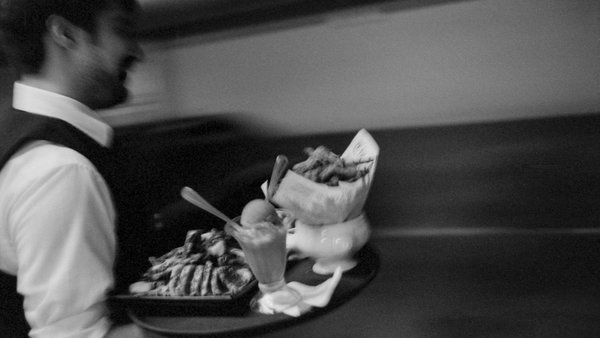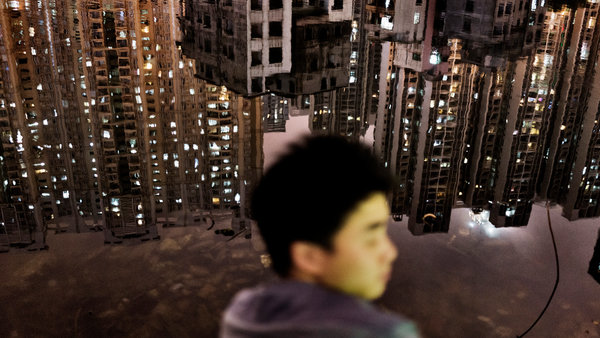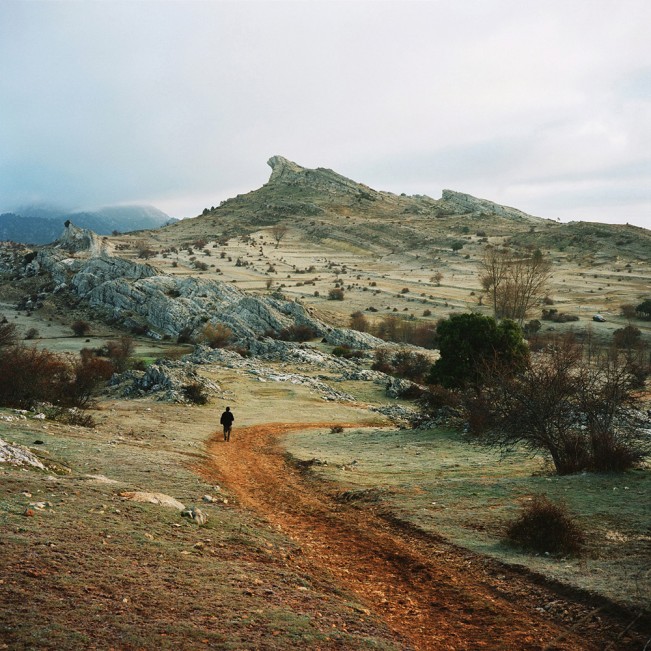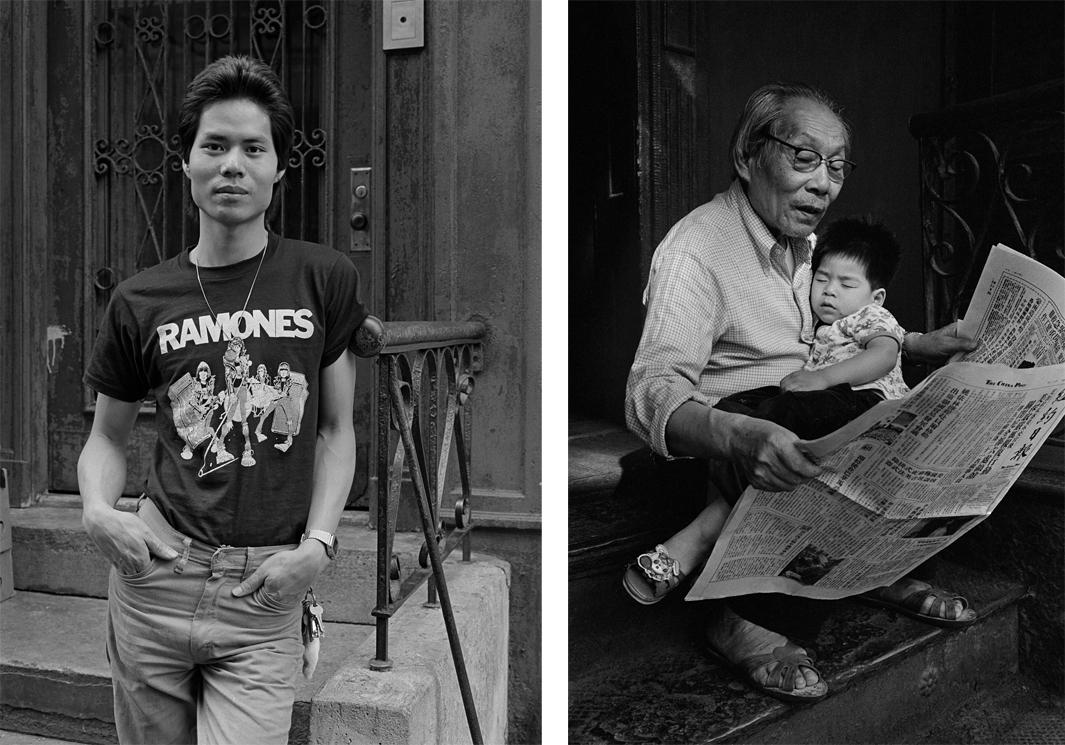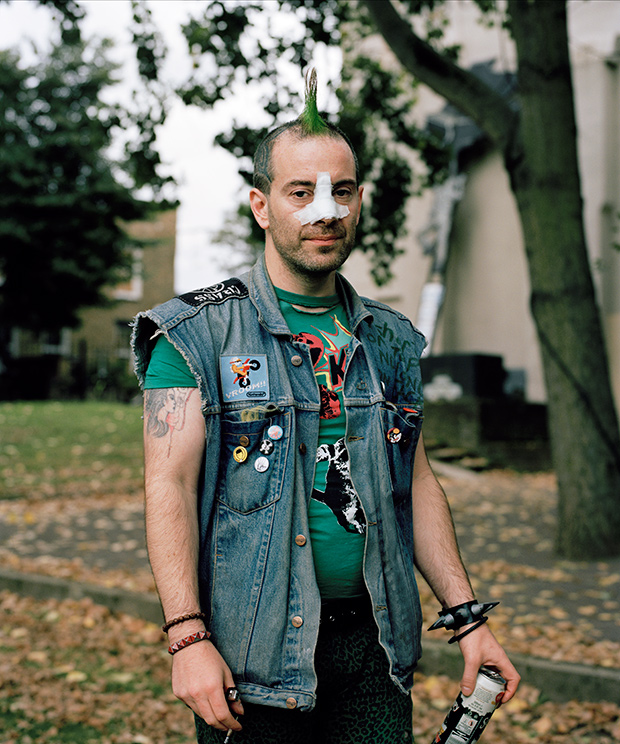Running Food, Taking Photos
When his photo career stalled, Robert Larson took a nightclub job – where he discovered new faces and scenes in the blur of action between the kitchen and the club.
via Lens Blog: http://lens.blogs.nytimes.com/2014/05/06/running-food-taking-photos/
While Mr. Larson started out taking pictures in the nightclub area, where bands and burlesque shows entertained diners, he slowly made his way to the kitchen, which he found more to his liking.

